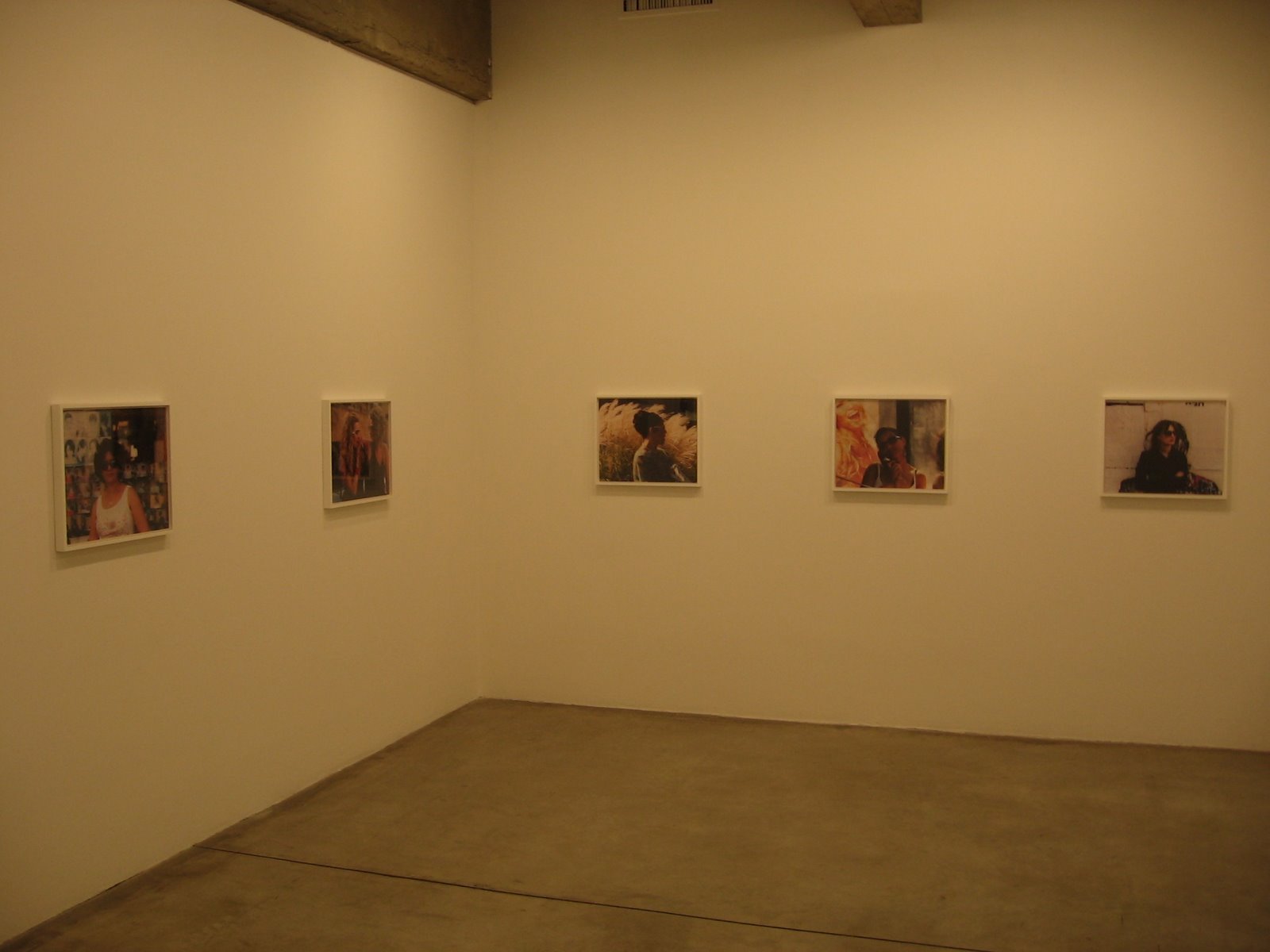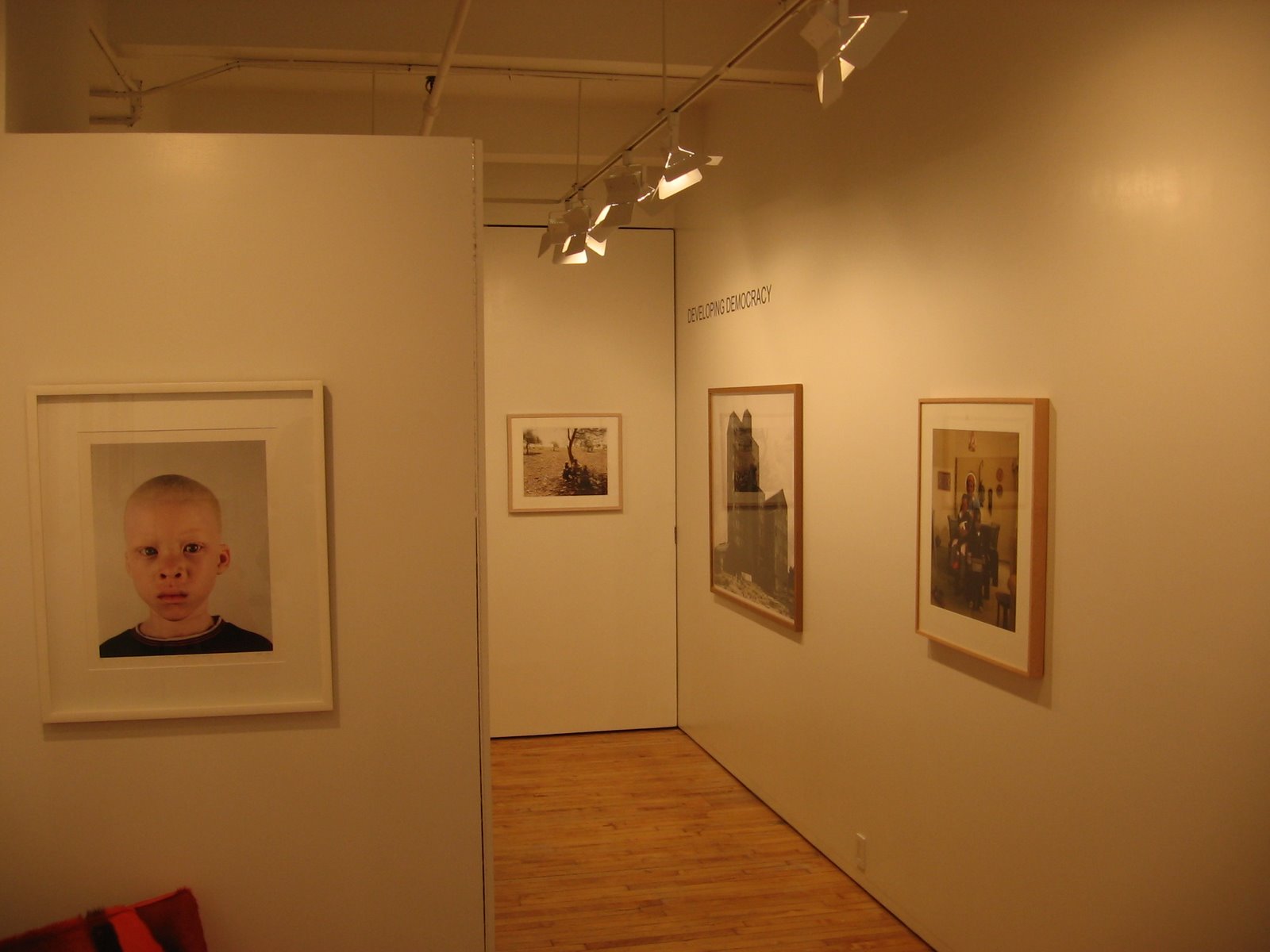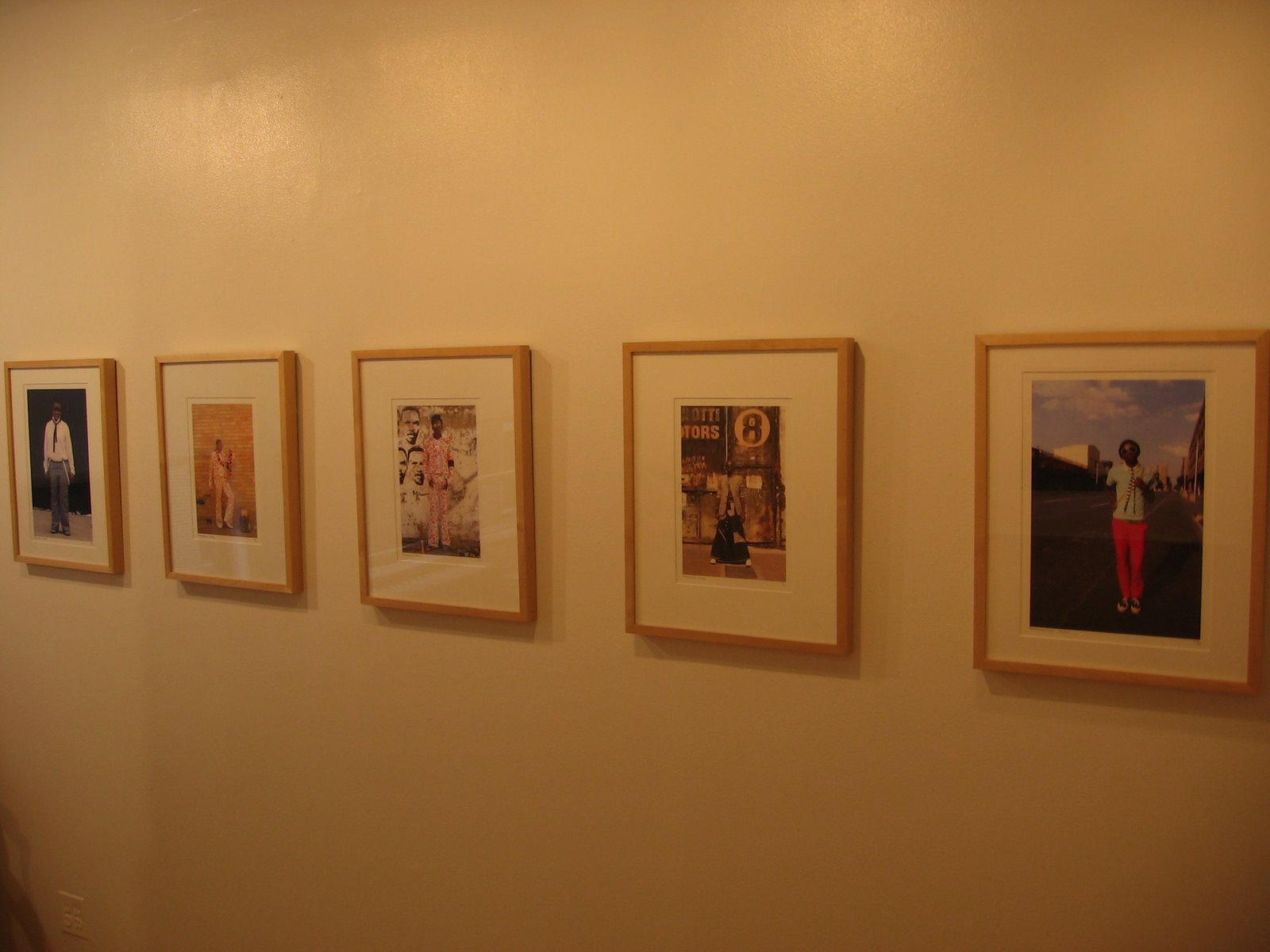The slow and agonizing death of metro area daily newspapers is a story that continues to fascinate, mostly because of the dearth of compelling ideas for what replaces these journalistic vehicles when they are eventually marginalized for good by the Internet. New business models are being vehemently debated (subscription, membership, micro payments, free etc.), but no one seems to have cracked the nut on how we end up with high quality arts journalism, which costs money, in a world where readers don’t seem willing to pay for content.
While many of these questions will I think remain unanswered for the foreseeable future, it is becoming more clear to me that small niches and communities (like fine art photography) won’t pay for themselves any time soon, even if the writers work for free (as we do now). While we might like to fantasize about our growing site bringing in enough money to support itself from loyal photography collector subscribers, or from gallery advertisers who want to reach an audience of targeted collectors and industry professionals like yourselves, the reality is that the total traffic flow just isn’t going to be large enough any time soon to make the math work. Please correct me if I’m wrong, but I don’t know of a single dedicated fine art photography site (not including gear focused photo enthusiast sites) that today regularly tallies 5000 subscribers and/or repeat daily visitors, even though there are plenty of terrific and original voices out there. I’d guess it probably takes at least 10 times that many to start to have any kind of viable and durable opportunity, even in a non-profit format supported by grants/foundations.
Since “going it alone” doesn’t seem viable as a long term solution (unless you’re just doing it for fun, which is of course what most of us are doing), I believe what will evolve to solve this problem is a some kind of “niche aggregator”, an umbrella site/destination that gathers together 40 or 50 blogs that are all targeted at facets of a specific subculture (say fine art photography), creating a one stop shop for readers who are interested in this topic. In finance, we talk about a “fund of funds” that offers investors a slice of a group of different narrow funds to create diversification; here we’re talking about a “blog of blogs” to aggregate a reader base/community that is now much too fragmented. Imagine that we took several best of breed blogs from each of the following categories (pick your own favorites please, from a variety of countries):
Emerging photographer showcase
Photo books
Photography news/reporting
Photographer interviews
Gallery/museum show reviews
Photo theory/criticism
Photography auctions
Miscellaneous photography serendipity/fun
We then build a site that has a common look and feel and easy navigation/search, but allows each author to continue to follow their own stories and have editorial freedom (even allowing overlap and duplication). ArtsJournal (here) is already down the path with a variant of this kind of model. Readers come for voices they want to hear, and are enticed by adjacent voices who have something relevant to say on a related topic. I hate to use the word “portal”, but that’s what it starts to look like, only on a much more granular level.
If we assume RSS readers will become more and more mainstream, somehow an aggregate feed of the entire umbrella site needs to be developed that captures the high points (perhaps something akin to the C-MONSTER digest (here), only in a more targeted way). Single voices also need to be available as feeds, like Modern Art Notes (here).
The key here (and the durable advantage) is massive but targeted scale; a site like this needs to generate coverage that is much, much deeper that any general purpose site. If other sites are covering 5 or 10 gallery or museum shows in a month, this site needs to cover 40 or 50 or 100 or more, all over the world (the long tail). The same goes for photo books or emerging photographers or artist interviews. The work of gathering all this is distributed across all the various bloggers, who are doing it already anyway.
Given the way search drives traffic, more posts, more reviews, more commentary, and more names means more successful connections to people who Google search for information on any one of those specific items or photographers, and more chances to convert them into subscribers. The combined searchable archive of all the blogs is likely the valuable (and defensible) product that eventually can be monetized, with proceeds shared amongst the contributor bloggers. Given the vast data store, more sophisticated tools can be added to enhance the user experience (if you like Henri Cartier-Bresson, you might like…, or people who read about Alec Soth also read about… etc.) The total subscriber/repeat reader count is the only measure that matters, regardless of whether we eventually talk about subscribers paying a fee or advertisers buying banners.
I actually think that the next few years are the “traffic grab” phase, where readers of traditional media (like the NY Times) continue to splinter off and are captured by vehicles that match their specific interests more closely (like this uber-photo blog I’m describing). So while we’ll continue to plug along, day after day, covering topics of interest to photography collectors and hopefully growing our readership steadily, I think some kind of “blog of blogs” aggregation model is what the future looks like (the devil is in the details of course). Until then, we’ll be investing in the archive and growing the subscriber base, one reader at a time.
 JTF (just the facts): A total of 21 c-prints, framed in white with no mat, displayed on the second floor, in the entry and two gallery rooms. The prints range in size from 19×25 to 48×64, and were taken between 2006 and 2009. All of the prints are made in editions of 5+1AP. (Installation shots at right.)
JTF (just the facts): A total of 21 c-prints, framed in white with no mat, displayed on the second floor, in the entry and two gallery rooms. The prints range in size from 19×25 to 48×64, and were taken between 2006 and 2009. All of the prints are made in editions of 5+1AP. (Installation shots at right.) The smaller works in the other gallery (entitled Street Pictures)have much more warmth and life. Using a more snapshot aesthetic, Starkey has photographed women on the street, the common theme being their fabulous sunglasses. Whether worn in the usual manner, or used as a hair accessory, the sunglasses seem to give the women of all ages a heightened sense of confidence, self-reliance and style. While I’m not sure these images will stand up particularly well as individual works, as a group, they’re certainly more lively and energetic than the first set of pictures.
The smaller works in the other gallery (entitled Street Pictures)have much more warmth and life. Using a more snapshot aesthetic, Starkey has photographed women on the street, the common theme being their fabulous sunglasses. Whether worn in the usual manner, or used as a hair accessory, the sunglasses seem to give the women of all ages a heightened sense of confidence, self-reliance and style. While I’m not sure these images will stand up particularly well as individual works, as a group, they’re certainly more lively and energetic than the first set of pictures. 




